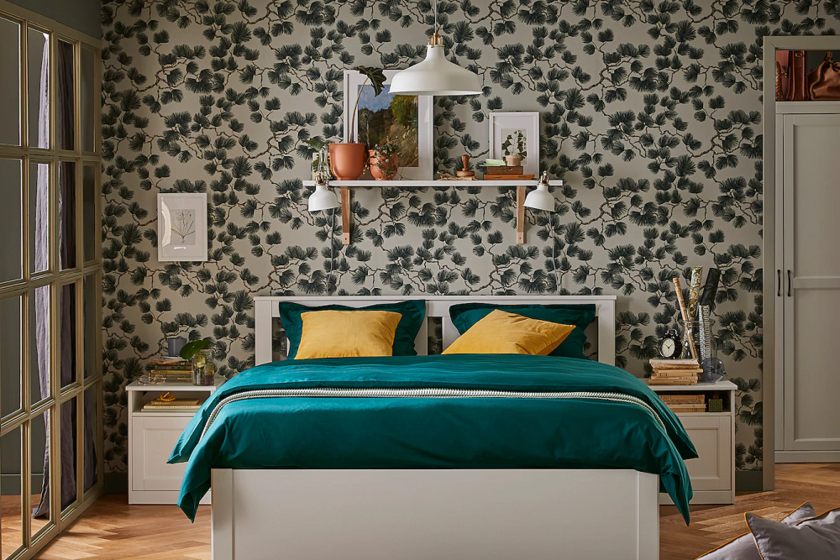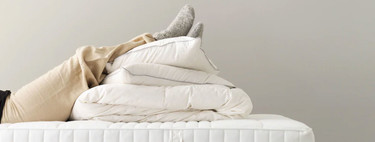Today is world sleep day. And unfortunately, we sleep worse every day. Evidence that we can see in our day to day, going to bed later and later, getting up early, and with poor quality sleep.
At these times, sleep has been left out of the wellness equation. The global average of hours of sleep has dropped from 8 to 6 in recent yearsAnd, in some way, we have all accepted that it is the price we had to pay to reach everything we want to do throughout the day.
To try to make up for that loss of hours of sleep, Ikea has reached a framework agreement with the Spanish Dream Society to publicize the importance of rest in our health and well-being, and to achieve
that the Spanish sleep better.
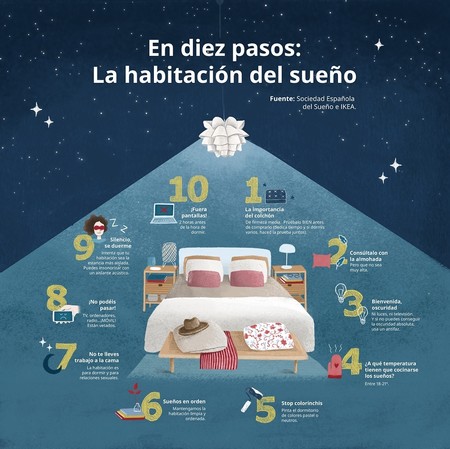
Through this agreement, Ikea wants to unite the knowledge it has about home life with that of the SES about the most common problems among Spaniards when it comes to reconciling and enjoying adequate and restful sleep.
And among the strategies they are implementing, from one: creating the “dream room”, a room with specific parameters that serves as a model and inspiration to help us rest better.
In this room, a reality that can be seen in all Ikea stores in Spain, delves into key aspects such as temperature, light and noise, together with additional ones such as the bed itself, the materials, the decorative environment or the use of space.
The room, key to a restful sleep
The relationship between the space in which we sleep and the quality of our sleep is essential, in the words of the SES, since the room and the environment are largely responsible for the duration and structure of sleep, and the more scarce and irregular this is, the greater risk of developing problems to sleep well.
Following the scientific evidence and the recommendations of the Spanish Sleep Society, an ideal room for rest must contemplate certain aspects related to temperature, light, noise and materials.
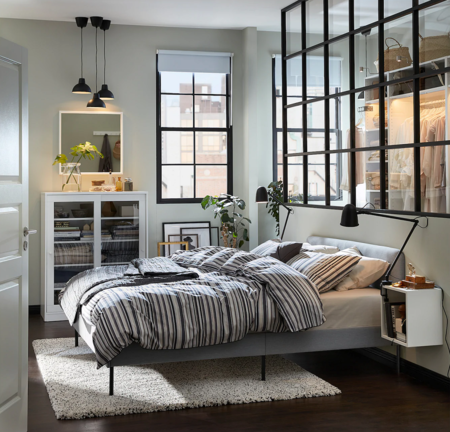
Temperature and sleep
Clearly, there is a direct relationship between temperature and restful sleep. According to experts, the room temperature should be between 18 and 21º.
In addition, taking into account that during the REM phase of sleep, the most sensitive, our body has greater difficulty in thermoregulation, it is important to use tissues that favor it.
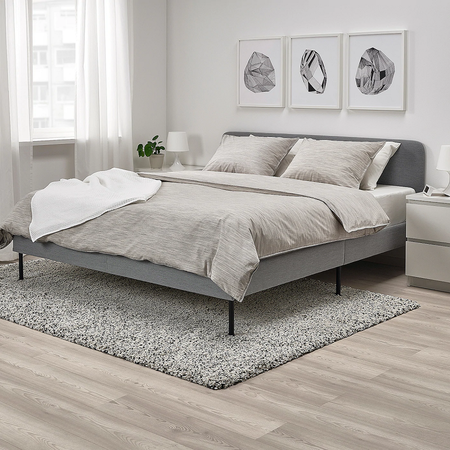
The bedroom, without electronic devices
Just as lighting is basic when developing an interior design project, light is also key to better sleep. In this sense, the light emitted by electronic devices has consequences such as delayed melatonin secretion, increased alertness, or delayed sleep onset.
Therefore, the bedroom must be a space free of electronic devices, they should not be used before sleeping. Sleeping with the light on or in bedrooms with light pollution produces more shallow sleep, a greater number of waking states and alteration of the brain waves responsible for deep sleep. The intensity of light in the room at bedtime should not exceed 75 lux. An intelligent lighting system to regulate the intensity of light is perfect for falling asleep well.
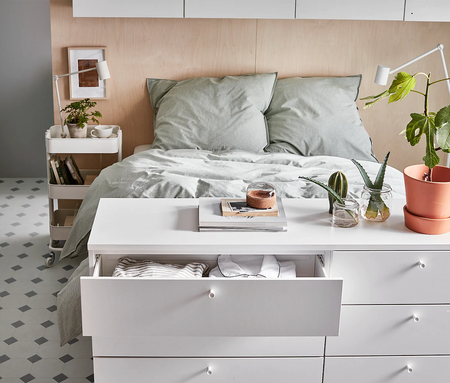
The room, without noise
Environmental noise is one of the main causes of sleep interruption, since it prevents reaching deep sleep in the REM phase or causing insomnia.
The WHO recommendation sets 30 decibels as the maximum noise level at night. And the use of sound insulation techniques is very useful to control noise in the bedroom.
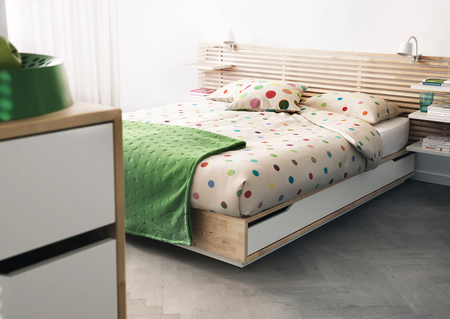
The room, against more beautiful, better
To sleep well you need to have a nice and tidy room. Therefore, the room must be designed for sleep, with a relaxing atmosphere thanks to the furniture and the use of neutral or pastel shades to promote peace and relaxation.
It should also be noted that the clutter of objects in the room like clothes, books, magazines, computers … does not allow the mind to be “deactivated”. It is important to keep the space tidy with storage systems in which to store objects when we no longer use them.
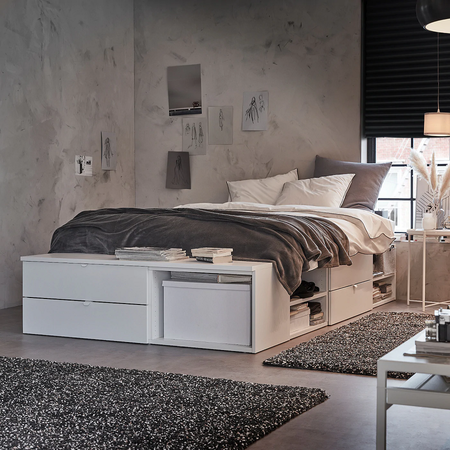
Bed, materials and sleep
Did you know that the bed is the place where we spend a third of our lives? With this information, we can get used to the idea of how important it is to find a mattress, a pillow and bedding that promote sleep. In fact, studies indicate that 7% of sleep problems are caused by an uncomfortable mattress.
An ergonomic medium-hard mattress and well-chosen pillow improve sleep quality and facilitate restful sleep.
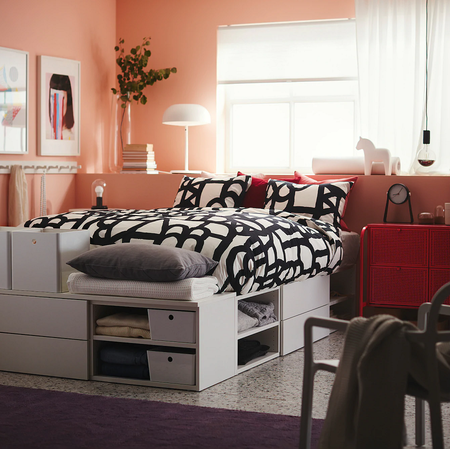
More information | Ikea

